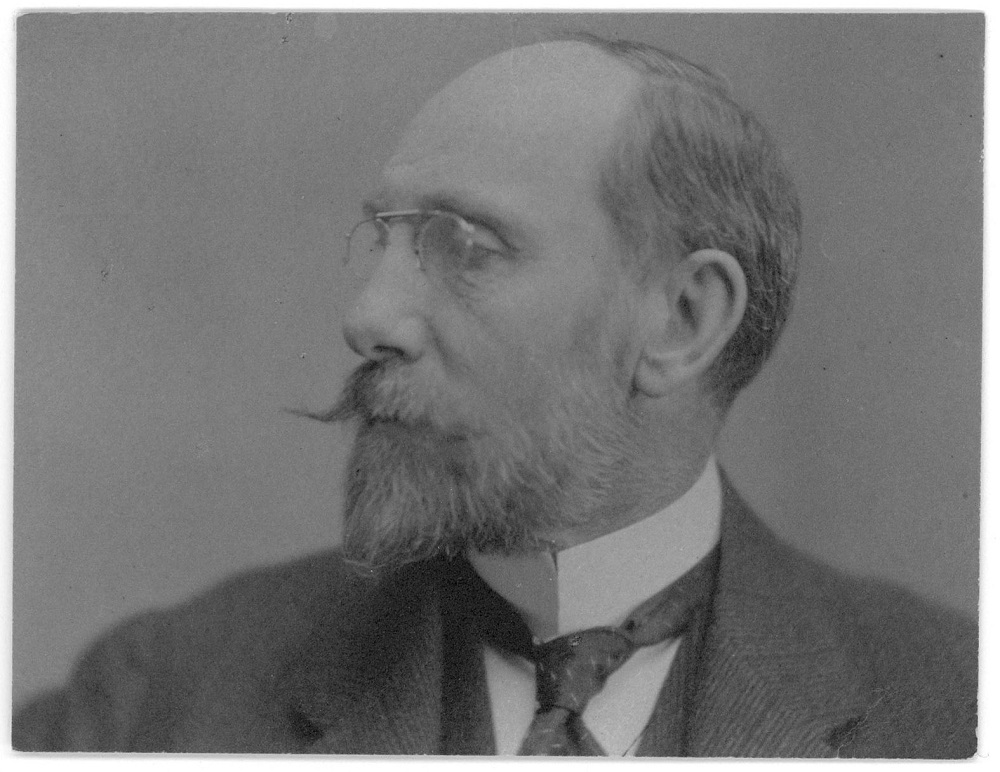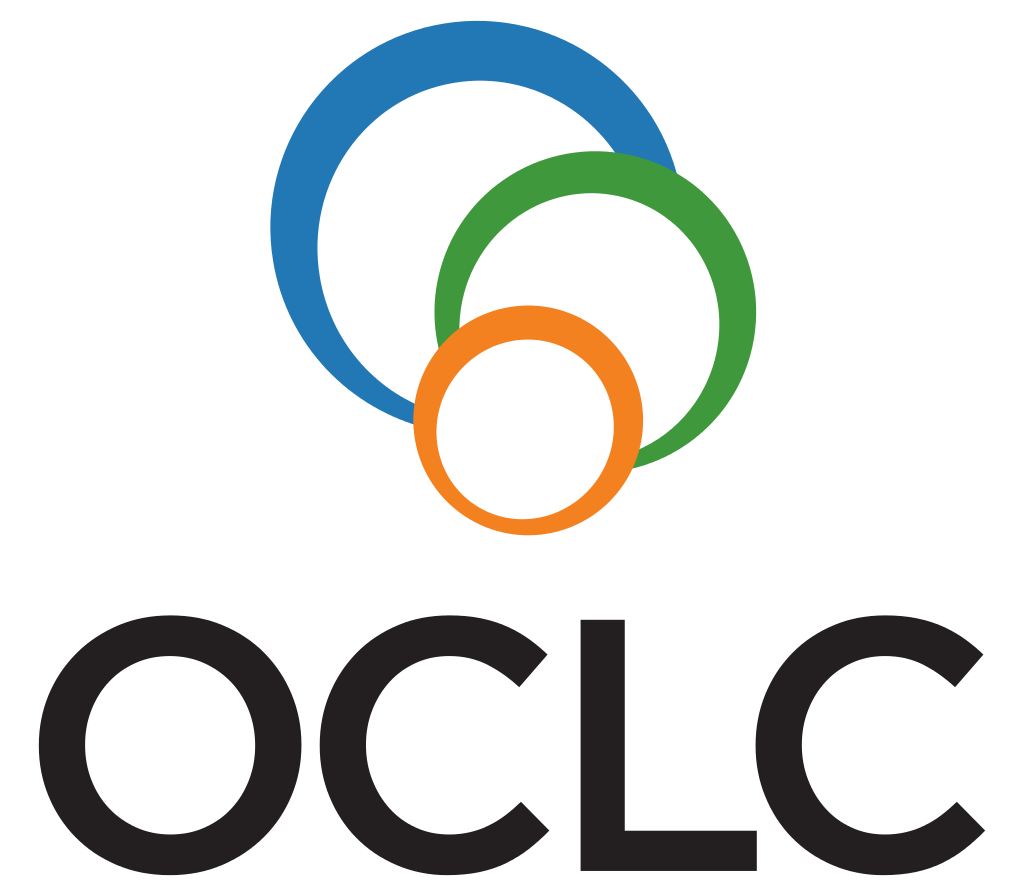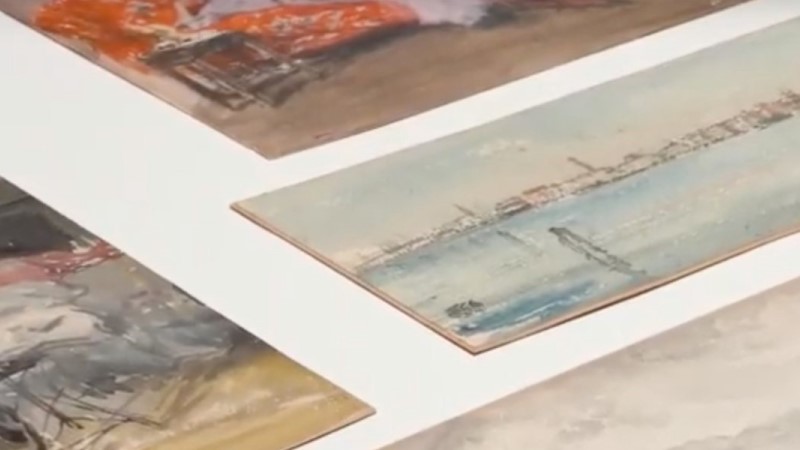
Individual
1854-1919
American
Place of birth: Kingston, New York, United States
Place of activity: Detroit, Michigan, United States; Hong Kong, China; Luxor, Egypt; Keneh, Egypt; Cairo, Egypt; Port Said, Egypt; Colombo, Sri Lanka; Kandy, Sri Lanka; Singapore, Singapore; Jakarta, Indonesia; Saigon, Vietnam; Canton, China; Shanghai, China; Moji, Japan; Istanbul, Turkey; Vienna, Austria; Budapest, Hungary; Munich, Germany; London, United Kingdom
Place of death: New York, New York, United States
Charles Lang Freer
Born in Kingston, New York, Charles Lang Freer left school at age fourteen to work in a cement factory and then as a clerk for the local Kingston and Syracuse Railroad. Colonel Frank J. Hecker (1846–1927), a Civil War veteran and railroad executive, hired young Freer as a bookkeeper. Attracted by the potential opportunities offered by the fast-growing railroad industry, they moved to Detroit, Michigan. Hecker, Freer, and a group of Detroit businessmen launched the Peninsular Car Works in 1879. Within a few years the factory was expanded to the Peninsular Car Company. In 1899 Freer oversaw the merger of thirteen railroad-car companies into the American Car and Foundry Company, which is still in business today. Freer retired from business at age forty-five an extremely wealthy man.
In 1887 Freer acquired his first works by expatriate American artist James McNeill Whistler (1834–1903). His long relationship with Whistler as a patron and collector resulted in the Freer Gallery today having one of the world's most sizable and significant collections of the artist's work. The Gallery also houses Harmony in Blue and Gold: The Peacock Room, the London dining room that Whistler redecorated in 1876–77, complete with the artist's La Princess du pays de la porcelain (1863–64) over the mantelpiece. Freer also acquired works by contemporary American artists, including Thomas Wilmer Dewing (1851–1938), Dwight William Tryon (1849–1925), and Abbott Handerson Thayer (1849–1921).
By the early twentieth century, Freer was an internationally recognized connoisseur of Asian art. He formed pivotal relationships with international collectors, scholars, and dealers, among them Dikran Kelekian, Ernest Fenollosa, and Matsuki Bunkyō, who operated a gallery of Japanese art in Boston. Between 1894 and 1911 Freer made five extensive tours by steamship to destinations in Japan, Korea, India, China, and Egypt and other areas in the Middle East. His extensive notes about what he encountered and purchased are now in the museum's archives.
As a connoisseur and collector, Freer acquired objects that appealed to his particular aesthetic sensibilities. He appreciated the formal qualities of color, surface, and texture, whatever an object's origin. When he proposed donating his collection of Asian and American art to the Smithsonian in 1904, Freer made it clear that his collection was to be understood as a harmonious whole, with works from "widely separated periods of artistic development. . . . They are not made up of individual objects, each object having an individual merit only. . . . For those who have the power to see beauty . . . all works of art go together, whatever their time period." By the time the Freer Gallery of Art opened to the public in 1923 as the Smithsonian's first art museum, it was an unrivaled repository of ceramics, scrolls, prints, paintings, sculpture, and other works from throughout Asia.
In the first codicil to his Last Will and Testament, dated May 4, 1918, Freer announced a gift of one million dollars to be used in creating a building (construction was already underway by then) to house his collection and to maintain its upkeep, to hire a curator, and later to purchase Asian art. He named fellow collectors Eugene and Agnes Meyer and Louisine Havermeyer, the museum's architect Charles Platt, and his old friend Frank Hecker to oversee future acquisitions. Freer felt his American holdings were complete and harmonious and thus were not to be supplemented. He did permit that "for the promotion of the ideals of beauty . . . occasional purchases shall be made of very fine examples of Oriental, Egyptian, and Near East fine arts." His Will also stated that the Freer Gallery was not to display works from other collections in its spaces, nor was it to lend objects for exhibition elsewhere. While the Asian holdings of the Freer Gallery of Art have greatly expanded from the more than 9,000 works of art that Charles Lang Freer acquired and donated, the original aesthetic taste and educational mission of its founder have been upheld over the past century.
Literature
"Charles L. Freer, Art Collector, Dies," New York Times (September 26, 1919).
Denys Sutton, "The Lure of the Golden Bowl," Apollo 118, no. 258 (August 1983), pp. 118–26.
Warren I. Cohen, East Asian Art and American Culture: A Study in International Relations (New York, 1992.
Thomas Lawton and Linda Merrill, Freer: A Legacy of Art (Washington, DC, 1993).
Thomas Lawton and Thomas W. Lentz, Beyond the Legacy: Anniversary Acquisitions for the Freer Gallery of Art and the Arthur M.Sackler Gallery (Washington, DC, 1998).
Steven Conn, "Where is the East? Asian Objects in American Museums, from Nathan Dunn to Charles Freer," Winterthur Portfolio 35, no. 2/3 (Summer–Autumn 2000), pp. 157–73.
Ideals of Beauty: Asian and American Art in the Freer and Sackler Galleries (New York, 2010).
Ingrid Larsen, '"Don't Send Ming or Later Pictures': Charles Lang Freer and the First Major Collection of Chinese Painting in an American Museum," Ars Orientalis 40 (2011), pp. 6–38.
Louise Cort, "'Fine autumnal tones': Charles Lang Freer's Collecting of Asian Ceramics," delivered at symposium The Dragon and the Chrysanthemum: Collecting Chinese and Japanese Art in America, organized by the Center for the History of Collecting at The Frick Collection (March 15–16, 2012); see http://www.frick.org/interact/louise_allison_cort_fine_autumnal_tones_charles_lang_freers#sthash.PzMtKjCj.dpuf
Lee Glazer, The Peacock Room Comes to America (Washington, DC, 2012).
Lee Glazer, A Perfect Harmony: The American Collection in the Smithsonian's Freer Gallery of Art (Washington, DC, 2013).
Charles Lang Freer Papers in the Archives of the Freer Gallery of Art and Arthur M. Sackler Gallery; search (http://www.asia.si.edu/archives/finding_aids/Freer.html) pri


